Yosemite Day Trip from Los Angeles to See Firefall
Hi friends! The weather this year in Yosemite has been a bit tricky to witness the annual Firefall (aka Horsetail Fall Event). After seeing a potential clear in the rainy and cloudy weather, Nate & I decided to jump in the car for a crazy day trip to Yosemite National Park to witness this elusive natural phenomenon. Join us as we head out from Los Angeles to Yosemite for a full day adventure to capture Firefall from Four Mile Trail. Below I’ll share the details of our day trip itinerary, as well as all the NPS information for park visitors this year.
Firefall seen from Four Mile Trail in Yosemite
Driving from LA to Yosemite
The drive from Los Angeles to the Yosemite Valley is a bit of a doozy (for a day trip) at around 300 miles and over 5 hours of drive time...but it is totally worth it, especially to see the rare and elusive Firefall. Keep in mind that the optimal viewing season for the Horsetail Fall Event is during mid-to-late February, which typically means intense winter weather. Although there hasn’t been much snow in the Sierras this year, I still recommend heading into the park via the Arch Rock Entrance at El Portal, which is the lowest elevation entrance in the park. This means you likely won’t have to put chains on your tires (but you still must carry them with you, as weather can change suddenly in the winter months). Other entrances in the park are either closed in the winter or often require snow tires and/or chains.
The drive itself has a lot to offer as well. This time of year you’ll enjoy the almond blossoms all along the 99 from Bakersfield through Fresno. Just north of Fresno, you might notice a couple of trees that seem out of place in the median of the highway. The “Palm & Pine” mark the geographic separation between Northern and Southern California. After driving through Le Grand, the unique rock formations jutting out of the rolling hills of Cathey’s Valley is quite a sight to see.
Tunnel View in Yosemite National Park
Bridalveil Fall in Yosemite National Park
Quick Stops in Yosemite Valley
Once you’ve made it to the glorious Yosemite National Park, be sure to check out some of the incredible views before heading to your Firefall viewing spot. On our latest visit, Nate & I made some quick stops at the Cascades, Tunnel View, and Bridalveil Fall. Some other great Yosemite Valley stops I’d recommend that don’t take a lot of time are Valley View, El Capitan Meadow, and Lower Yosemite Falls.
Swinging Bridge Picnic Area Parking along Southside Drive
Valley Loop Trail near Four Mile Trail in Yosemite National Park
Firefall from Four Mile Trail
This year Nate & I opted to hike up to a favorite viewing spot along Four Mile Trail. Since it’s not an official NPS viewing area, do your due diligence prior to visiting to ensure the trail is open if you want to view Firefall from here. On our way into the park, we asked a park ranger if the trail was open, and sure enough, Four Mile Trail was open all the way to Union Point...so we were good to go. Keep in mind there are extensive closures in the park during Firefall season. In order to protect the fragile environment along the Merced River, much of Southside Drive is closed to parking and foot traffic. To access the Four Mile Trail, you’ll want to park at the Swinging Bridge Picnic Area. If the lot is full, try parking along the Sentinel Meadow boardwalks in between Swinging Bridge and Yosemite Valley Chapel. You can get fined for walking along much of Southside Drive between noon and 7 p.m. during Firefall, so hop onto the Valley Loop Trail, which parallels the road and connects with the Four Mile Trail near the trailhead.
The Four Mile Trail is well marked, but in heavy snow it can be a bit challenging to follow at the base of mountain. I highly recommend planning ahead and bringing a GPS equipped device or smartphone (I like using the Gaia app on my iPhone), which can help greatly when the path is covered in snow. There are a couple spots along the trail that provide incredible views of Horsetail Fall spilling off the side of El Capitan. The elevation gain might be a bit tough on the lungs, but it provides a perspective that is truly unique from main Firefall viewing area down at the El Capitan Picnic Area. About 250 feet up you’ll find a clearing at the end of a switchback that is one of my favorite spots to capture this natural phenomenon. Another few switchbacks and 200 more feet in elevation leads you to a rocky outcropping with even more incredible views.
Firefall Horsetail Fall Event seen from Four Mile Trail
Small Firefall seen from Four Mile Trail through telephoto lens
Seeing Firefall
Wherever you decide to set up camp, I’d definitely encourage you to get there early. Nate & I typically set up shop a couple hours before the light show begins, which can be anywhere from 5:15 to 5:45pm depending on the week you visit. This ensures we nab the spot we want and gives us plenty of time to set up our tripods and also enjoy the natural beauty around us. Now remember, there are several things that need to line up in order to see this natural event.
You need to visit mid-to-late February when the setting sun is at the perfect angle.
There needs to be enough snow melt for water to flow down the seasonal Horsetail Fall.
There needs to be clear skies (at least on the horizon) for the setting sun to shine through.
The last point is probably the trickiest. I’ve experienced perfect conditions all day long which ended up with no Firefall because a few clouds showed up on the horizon at the last minute. On the flip side, there have been times when I’ve been convinced it wouldn’t occur because of the dreary weather, only to have clouds part on the horizon just in the nick of time...which is exactly what happened on our recent visit last week. The water wasn’t flowing quite as heavy as we’ve seen in the past and all of El Capitan was gray for most of the afternoon. Then with only moments left on the clock, pink and orange hues started illuminating the mist from Horsetail Fall...and you could hear echoes of cheering throughout the valley. So much fun!
Firefall seen from Yosemite’s Four Mile Trail in 2021
What is Firefall?
Historic Firefall
Yosemite’s first popular Firefall originated at Glacier Point, not the current Horsetail Fall location. In the 1870s, the owner of the long gone Glacier Point Mountain House Hotel, James McCauley, set nightly campfires at the edge of Glacier Point. At the end on the evening he would kick the burning embers over the edge of the 3,200 foot cliff, which created a flaming “fire fall” for those in the valley below to view. The spectacle quickly gained popularity, and it continued until 1968 when the National Park Service made the decision to permanently put an end to the unnatural fire show for multiple reasons (including the danger of having flaming embers pouring down to the very flammable valley below). Before the fire falls came to an end, it made an appearance in the 1954 movie The Caine Mutiny, and in the 1960s President Kennedy visited the Valley and watched the fire show.
Present Day Firefall
In the early 1970s, adventure photojournalist and wilderness photographer Galen Rowell is credited with taking the first known photo of the Horsetail Fall natural “Firefall”. This phenomenon happens when the sunset light reflects off Horsetail Fall at a specific angle, creating vibrant orange and red hues that make it appear like the granite is on fire. Rowell’s photo led to the beginning of Yosemite’s modern Firefall (offically call the “Horsetail Fall Natural Phenomenon”, which has become even more popular than the original with thousands of nature lovers and photographers flocking here every February.
Firefall seen from official NPS viewing area near El Capitan Picnic Area in 2023
Yosemite Products from Our Etsy Shop
Know Before You Go
• For more details on this yearly event, check out my Complete Firefall 2025 Visitors Guide.
• Please remember to take only pictures and leave only footprints. Pack out everything you pack in and stay on the designated paths. If you’re not familiar with the Leave No Trace Principles consider familiarizing yourself with them before your trip.
• Every year specific guidelines are put into place for the Firefall season to help protect the public as well as the beautiful Yosemite environment…so please visit the Yosemite NPS website before your trip to make sure you have all the proper up to date information.
• 2025 Firefall season requires pre-purchased Yosemite National Park entrance reservations at Recreation.gov (or in-park lodging) for the following weekend dates: February 8–9, 15–17, and 22–23. Reservations are not required if you plan to arrive on a Monday through Friday during this time (with the exception of Presidents Day, Monday 2/17)...just make sure to keep your receipt of entrance, which is good for 7 consecutive days from first arrival. Visit the official Yosemite NPS website for more information.
• Consider grabbing a parking spot early as the valley fills up with cars quickly during Firefall (especially on the weekends.)
• Plan ahead wisely. Bring layers to help stay warm, snacks, and extra water…as well as a headlamp or high power flash light for walking back to you vehicle the dark. I also recommend bringing a compact comfy chair (like this one) for relaxing all afternoon.
• Specifically for photographers – make sure to bring a good tripod (like this one) and a zoom lens, 200 mm at least (like this one), if you’re shooting from Four Mile Trail.
Top 10 Yosemite Valley Winter Attractions
Yosemite Valley Chapel
Sentinel Bridge
Curry Village Ice Rink
Bridalveil Fall
Four Mile Trail in Yosemite National Park
In Summary
Thanks so much for joining me this week inside Yosemite National Park. For a virtual visit of our day trip from Los Angeles to see Firefall, make sure to watch my Behind the Blog video located at the top of this post, or watch it on YouTube here. Until next week, I hope you find adventure and encouragement wherever you go.
Sentinel Rock seen from Valley Loop Trail in Yosemite
If you enjoyed this post, you might also like…
About Me
I’m Dawn Marie, a travel and lifestyle blogger based out of Southern California. With in-depth articles, travel guides, and reviews on hotels & products, I seek to share my journeys to help you plan for your own. My adventures take me all over California, the western United States, and around the globe...and every Monday I post new content here, including a comprehensive blog post and YouTube video.
Search the Blog
Featured Posts
Etsy Shop











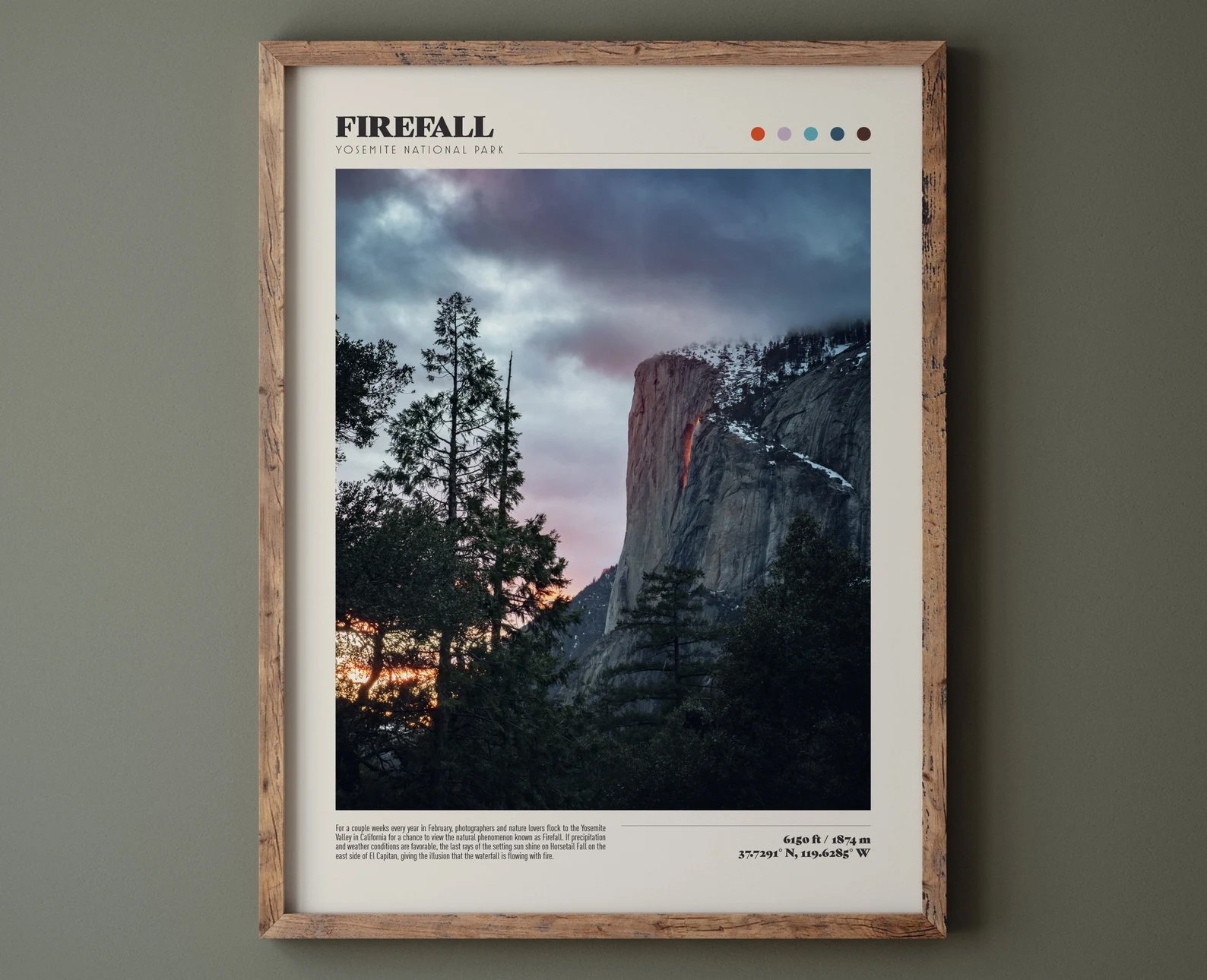
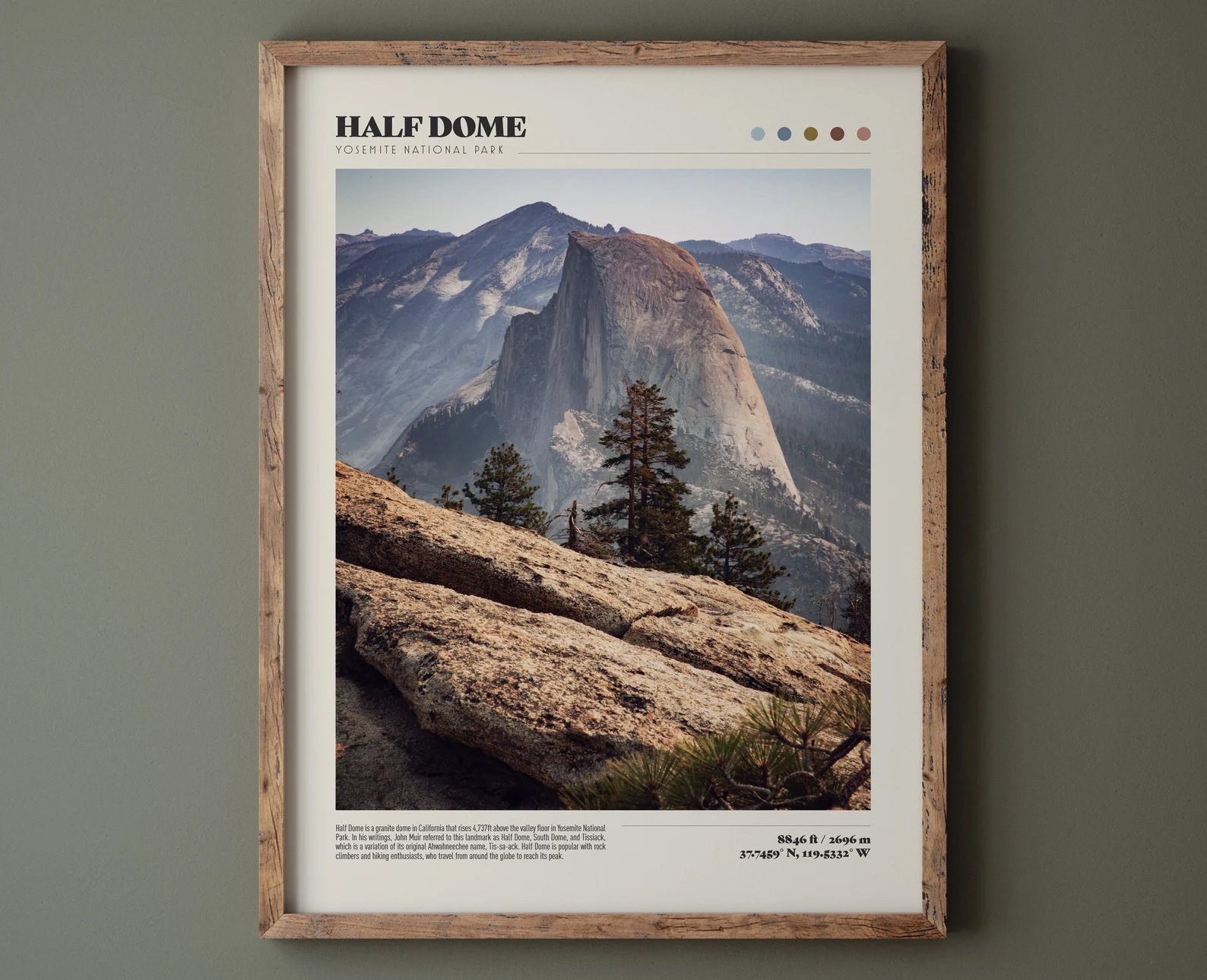
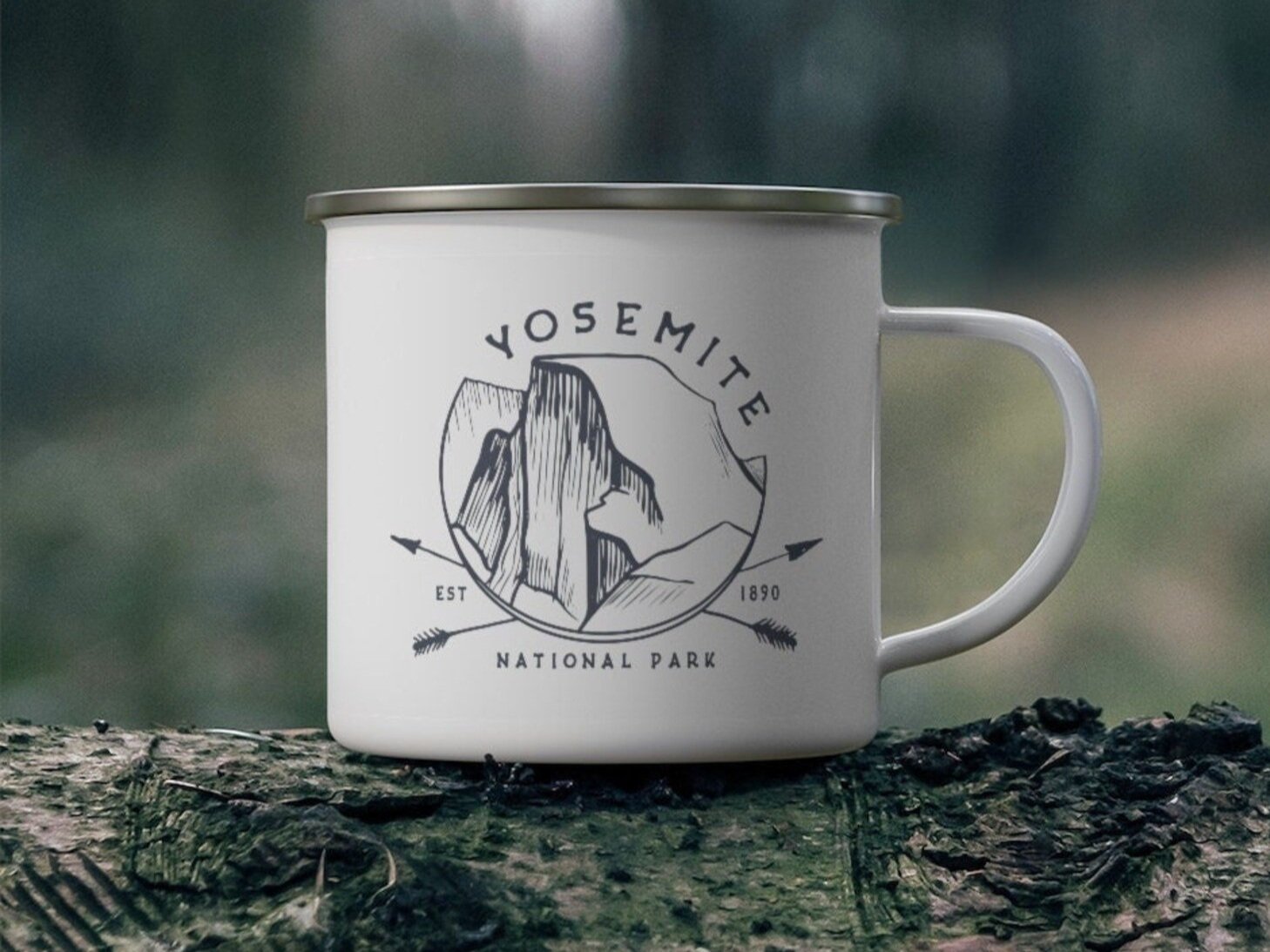
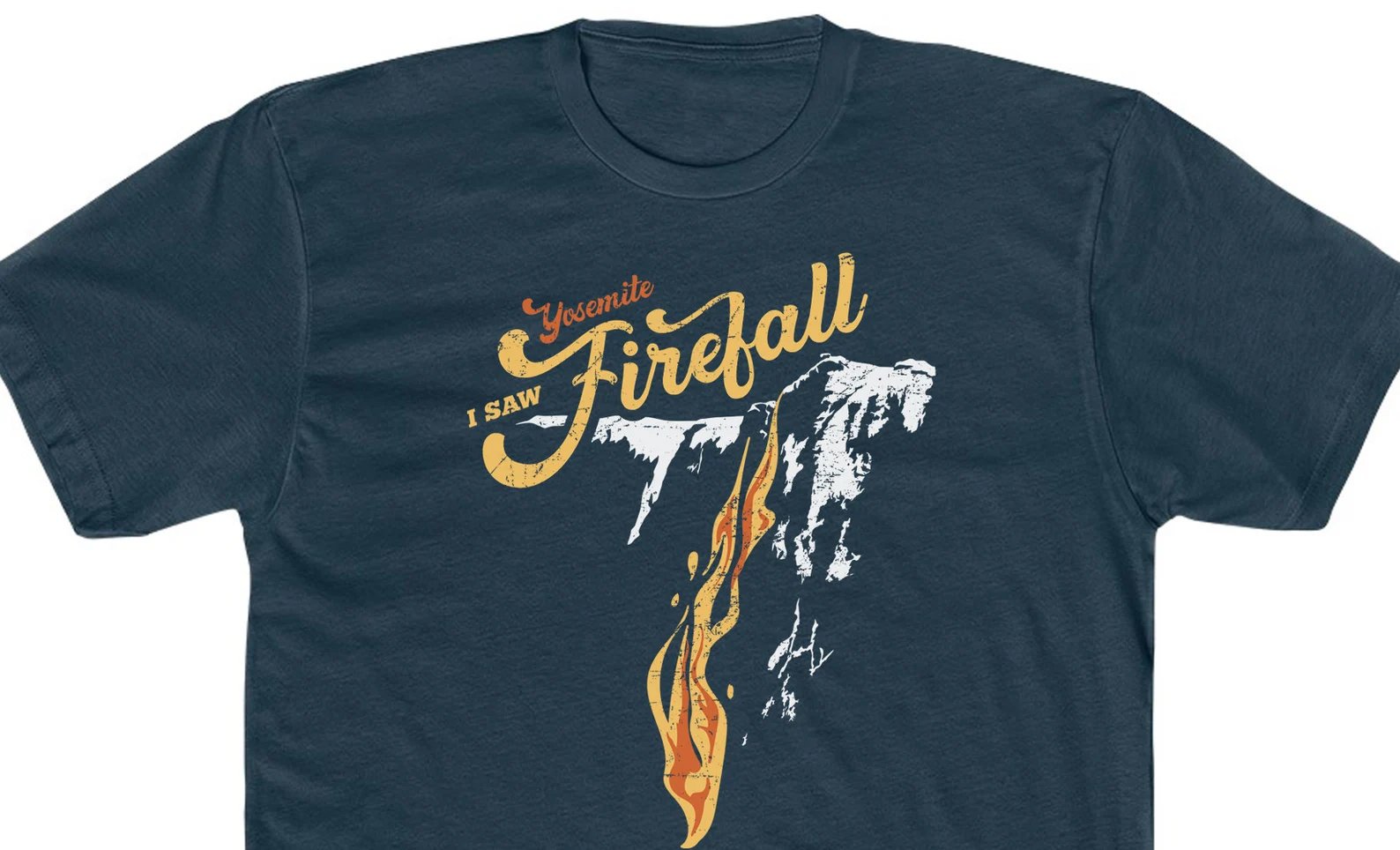
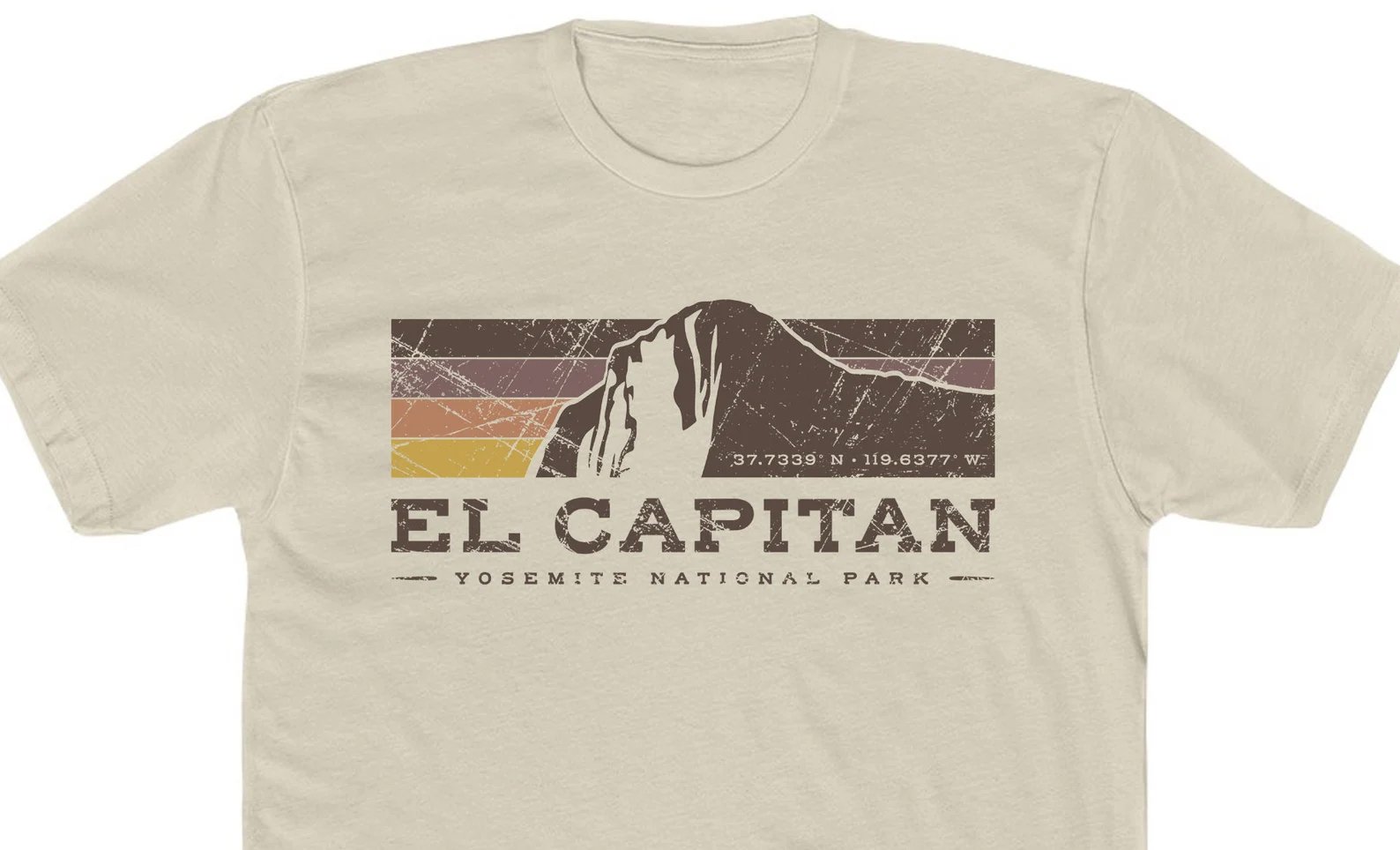
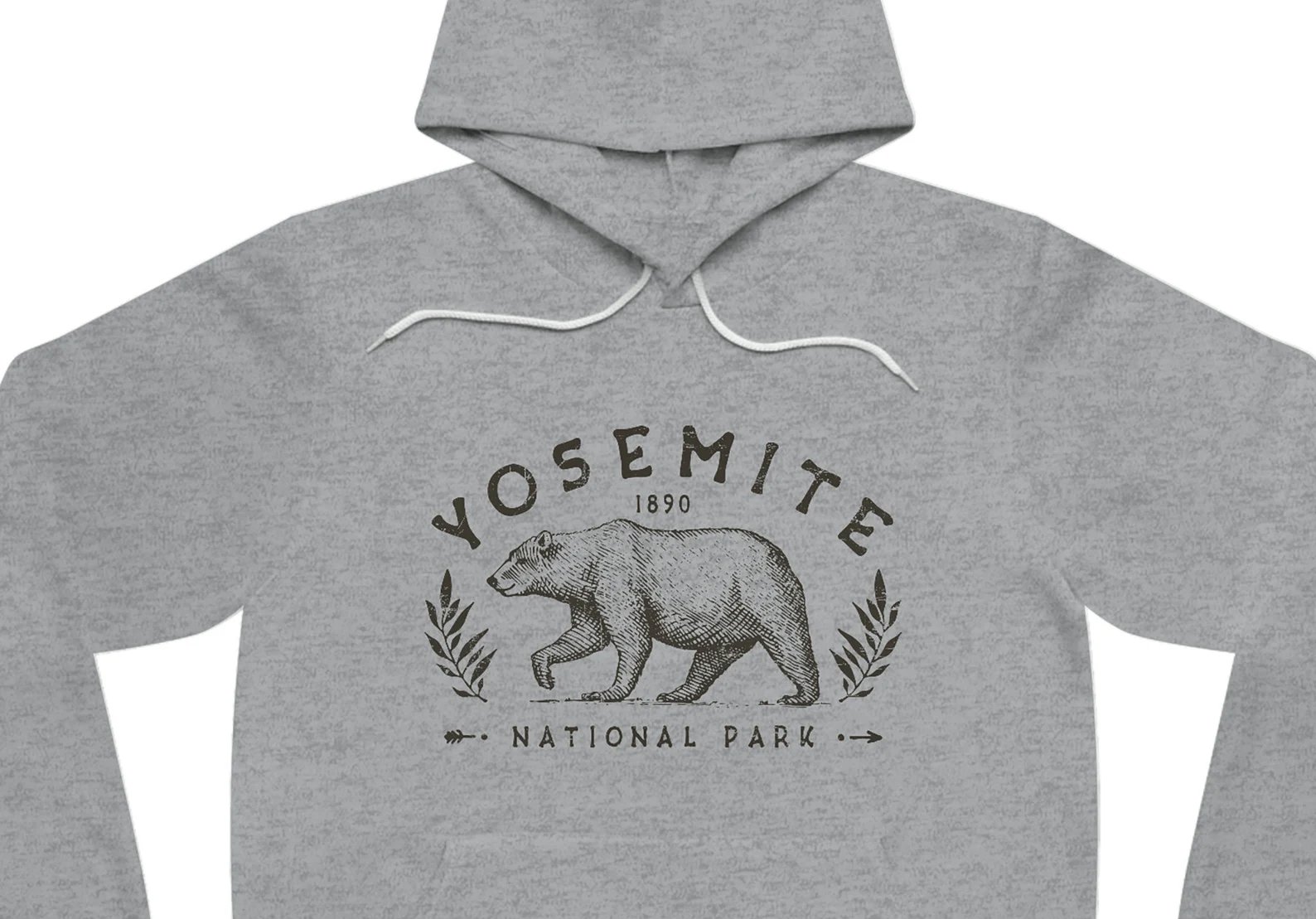






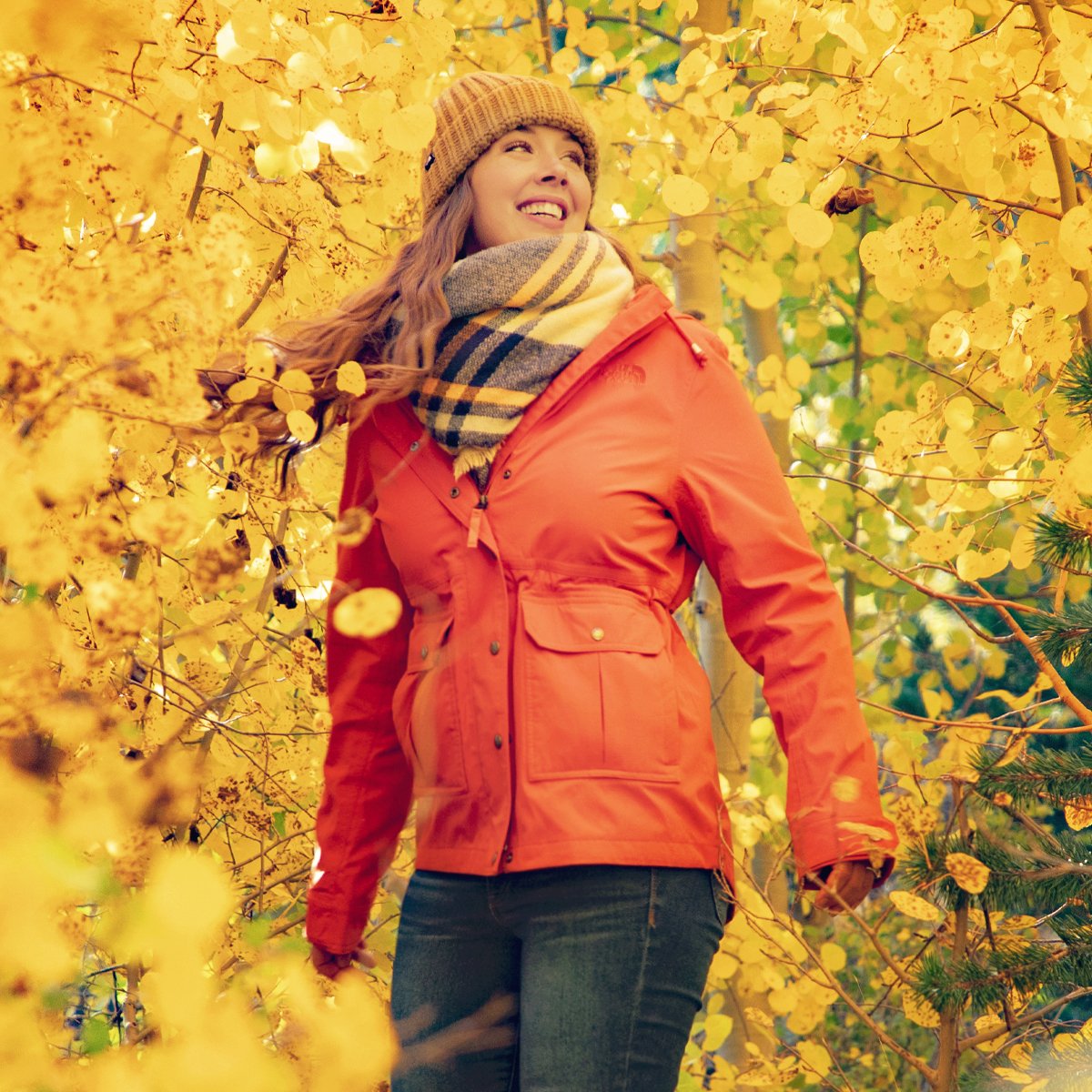
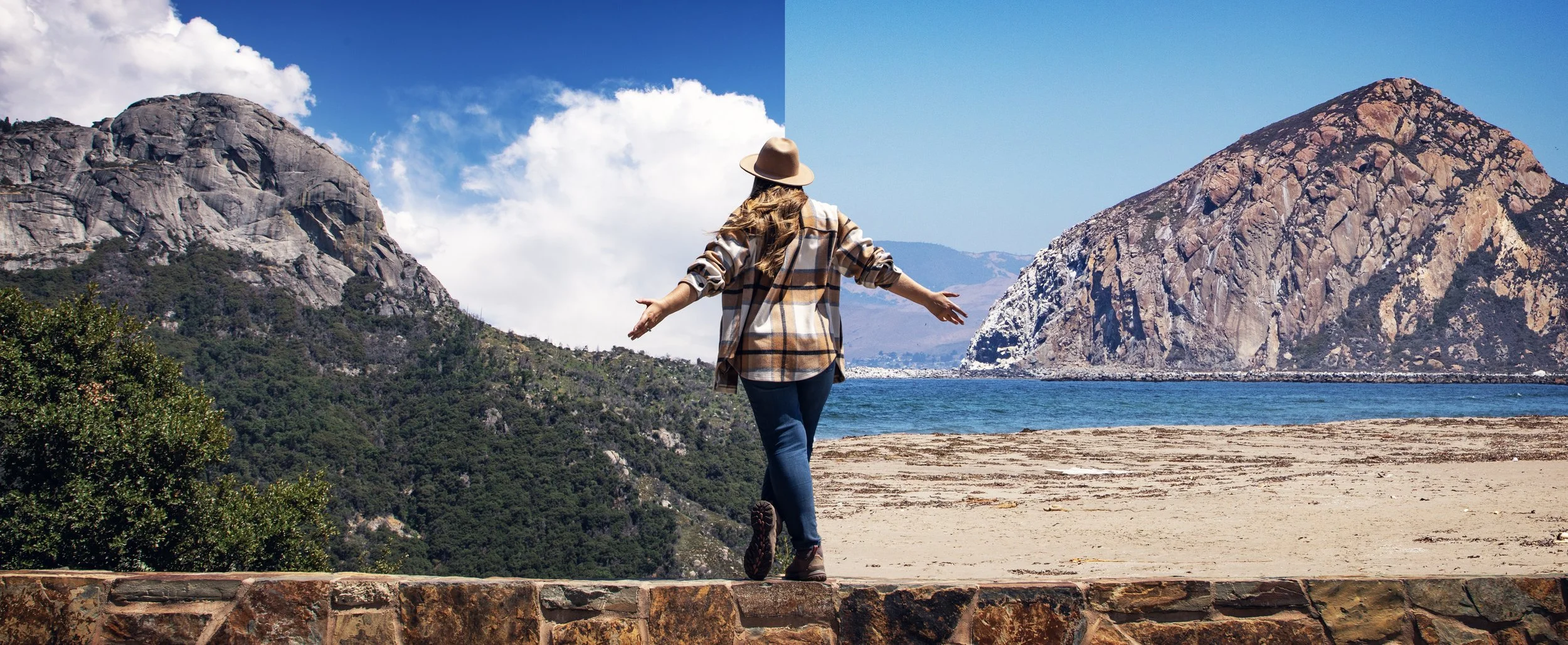
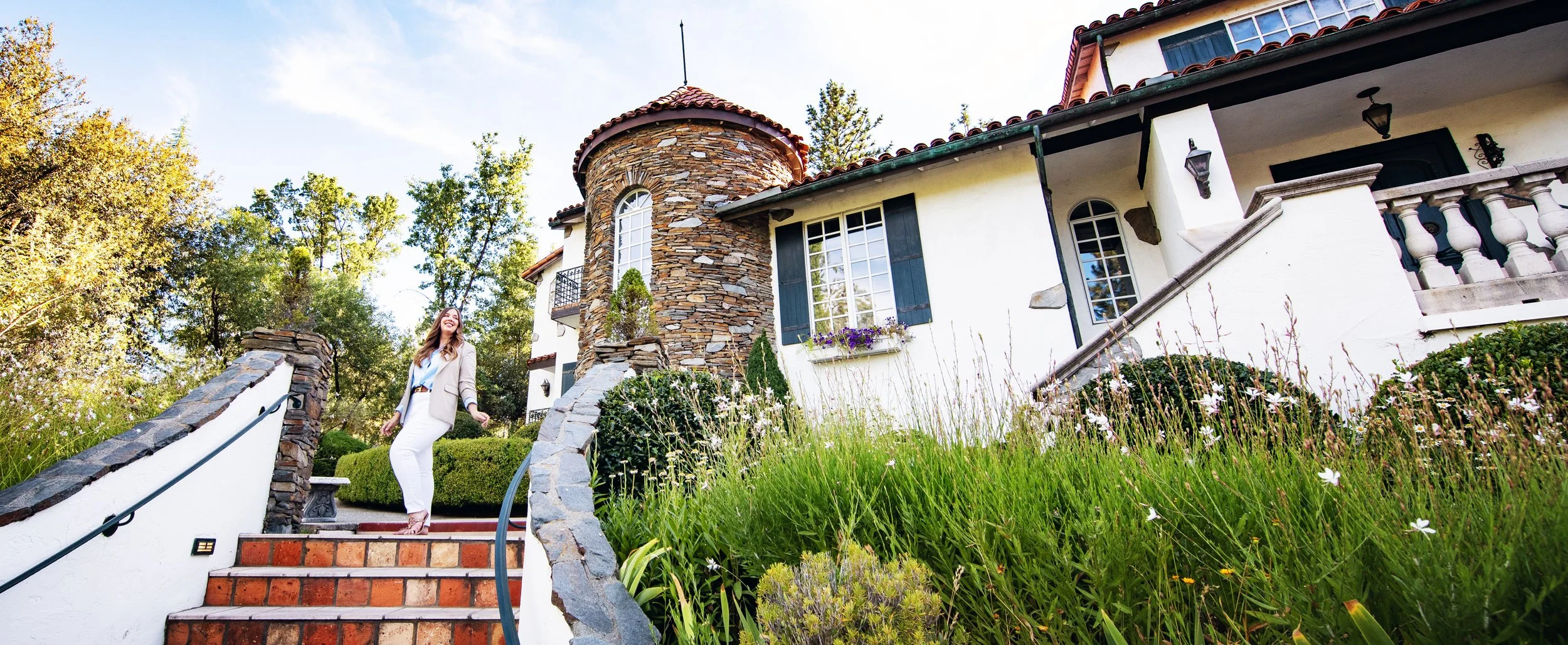



Planning a trip to Yosemite, Sequoia, or Kings Canyon in 2026? This guide breaks down how the new National Park entrance fees and nonresident surcharges impact your visit, plus what U.S. travelers need to know about annual passes, digital passes, fee-free days, and park access. Learn how these updates affect gateway communities like Oakhurst and Visalia and how to support them during your trip.